The Plants of Christmas
Before I begin my message for today, I want to share a new free resource from Notgrass History called Celebrate the Savior. You’ll find free downloads of Christmas activities for your family, including a Christmas carol coloring book and a Christmas lights scavenger hunt, plus entertaining and interesting links to Christmas music. Please enjoy and share it far and wide with anyone you like. Our team member Bonnie has put this together for you and has created some beautiful downloads based on blog posts I have written recently about Christmas traditions. We hope to continue building this Christmas resource year after year. You can find it all here.
And now for The Plants of Christmas . . .
The practice of decorating a tree inside the house at Christmas began in Germany. Families first decorated them with fruit, gingerbread, paper roses, and nuts painted gold. The practice became popular in England after Queen Victoria married the German Prince Albert. Americans began decorating trees during the 1800s using popcorn, paper chains and stars, apples, oranges, nuts, and cranberries. Sometimes they would also cut a Saint Nicholas figure from paper.
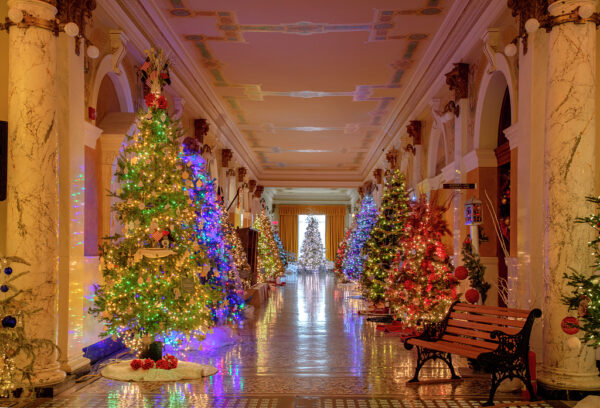
As the Christmas tree tradition spread to many parts of the world, different cultures used a variety of decorations. Swedish ornaments are straw figures or painted wood. In Denmark ornaments are mobiles of snowflakes, bells, stars, and hearts. Painted eggshells decorate Czech and Slovak trees. Ukrainian tree decorations include a spider. Lithuanians put straw bird cages on their trees.
Before people put trees in their homes at Christmas, they were already “hanging the greens.” When the bright autumn leaves have fallen off the deciduous plants around us, it is cheering to see evergreens and to bring them indoors for Christmas.
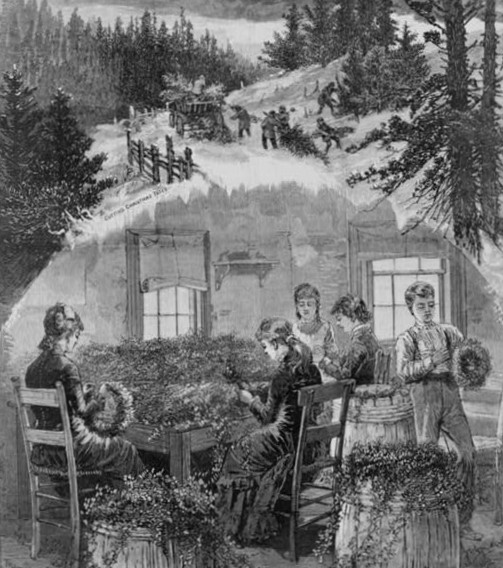
When used in Christmas decorations, holly leaves represent Jesus’ crown of thorns and the berries represent His blood. God has created about 300 species of holly. Some are trees and some are shrubs.
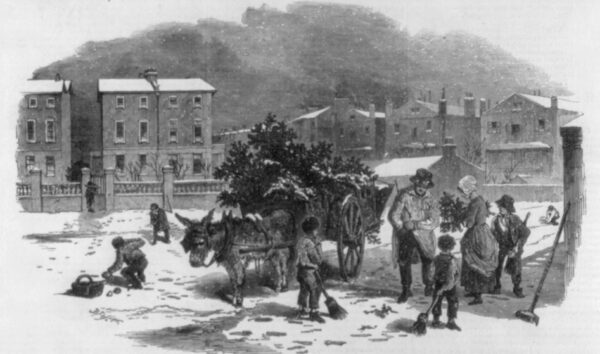
The poinsettia is a shrub native to tropical Mexico. The top leaves of the poinsettia plant turn red, white, or pink and the bottom leaves are green. People often think the top leaves are flowers, but the flowers are actually small, yellow clusters. Joel Poinsett, the first United States ambassador to Mexico, brought the poinsettia to the United States.
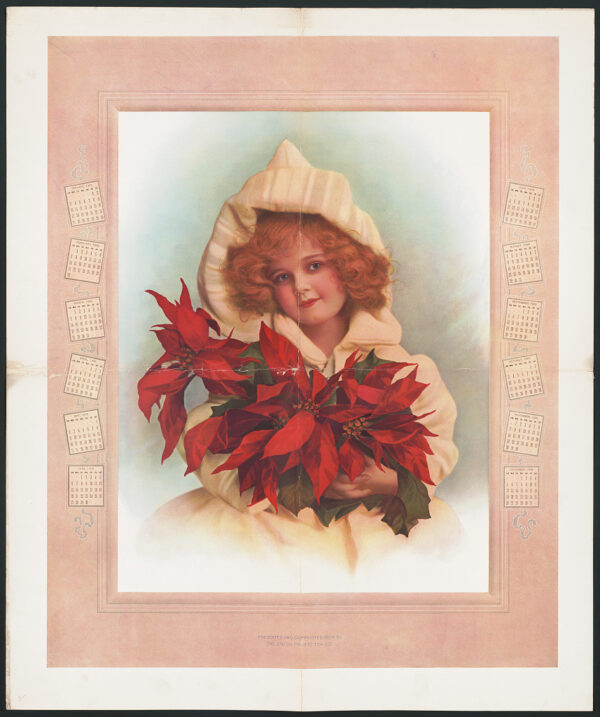
Mistletoe is another traditional plant used for decorating during the Christmas season. Mistletoe is a parasite that grows on trees. Two common varieties are European mistletoe, which grows mainly on juniper and apple trees, and American mistletoe, which grows mainly on red maple and elm trees. Many enjoy decorating with mistletoe, especially because of the tradition of kissing under the mistletoe, but it is important to remember that the plant is poisonous.
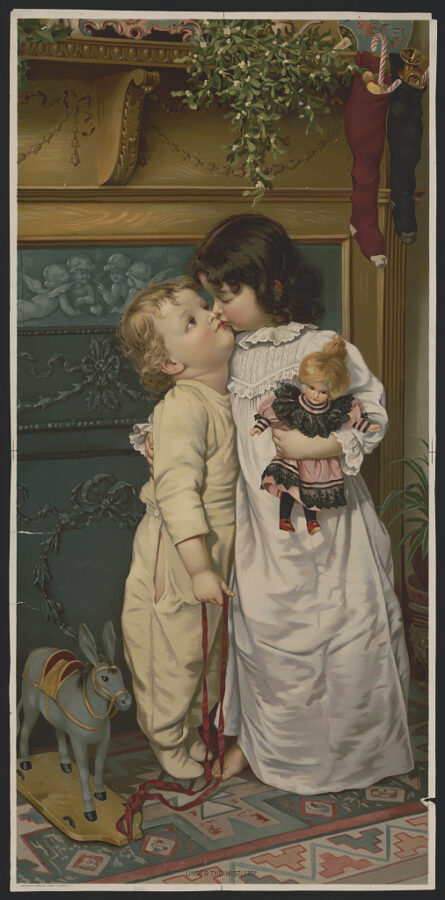
One beautiful Christmas plant is the Christmas cactus. A Christmas cactus can live for a very long time. Some people pass them down from generation to generation. In 2009 the Bozeman (Montana) Daily Chronicle published an article about a Christmas cactus that had been in the same family for 145 years. Montanan Marci Kraft reported that her Christmas cactus once belonged to her great-great-great grandmother, Martha Kent, who brought the plant to Bozeman when her family traveled there by wagon train in 1863 or 1864. Marci’s mother Leona, who was 76 in 2009, had a record of each of her ancestors who had owned the plant, which was three feet tall and three feet wide in 2009. Our daughter Mary Evelyn gave me this one for my birthday earlier this month. I wonder . . .
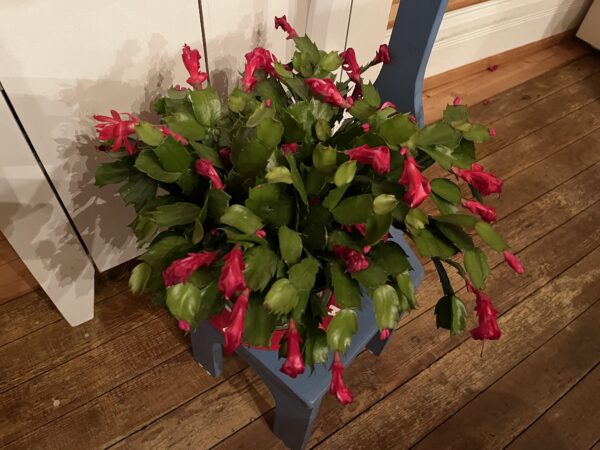
As mamas we can pass down Christmas traditions and even pass down plants, but of prime importance is doing what Eunice and her mother Lois did for their son and grandson, passing down the good news of Jesus.
For I am mindful of the sincere faith within you,
which first dwelt in your grandmother Lois
and your mother Eunice, and I am sure
that it is in you as well.
2 Timothy 1:5

